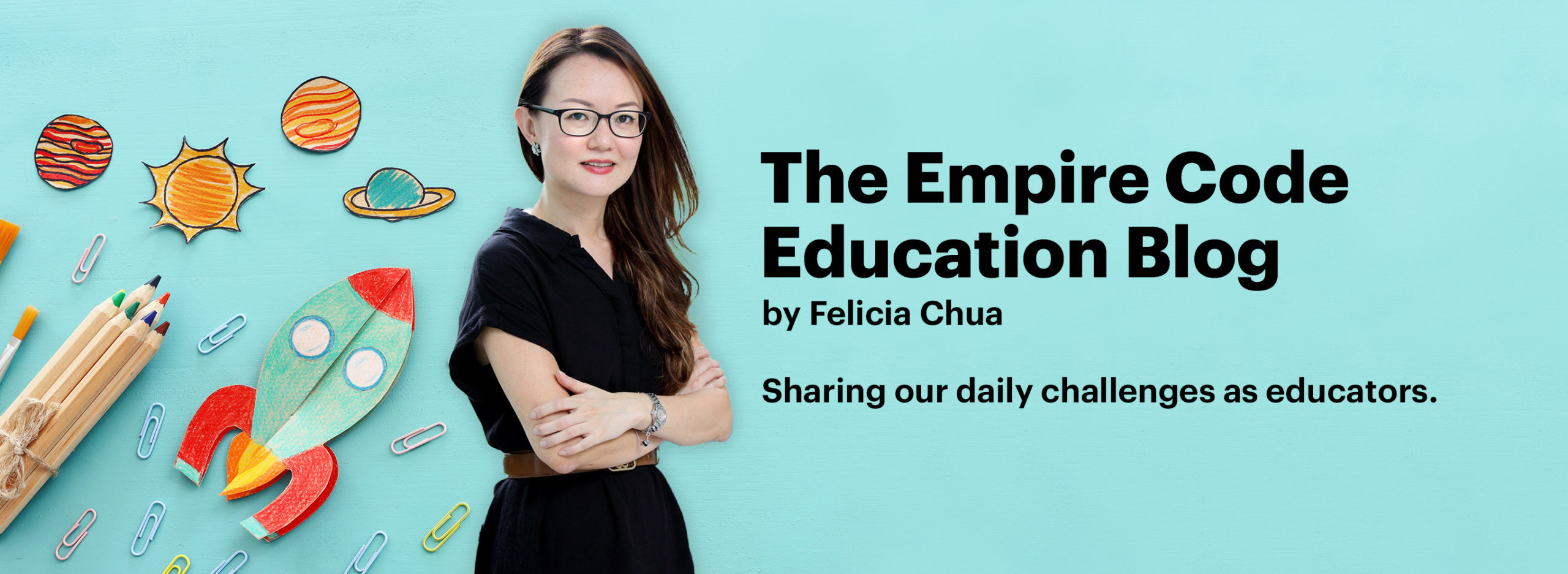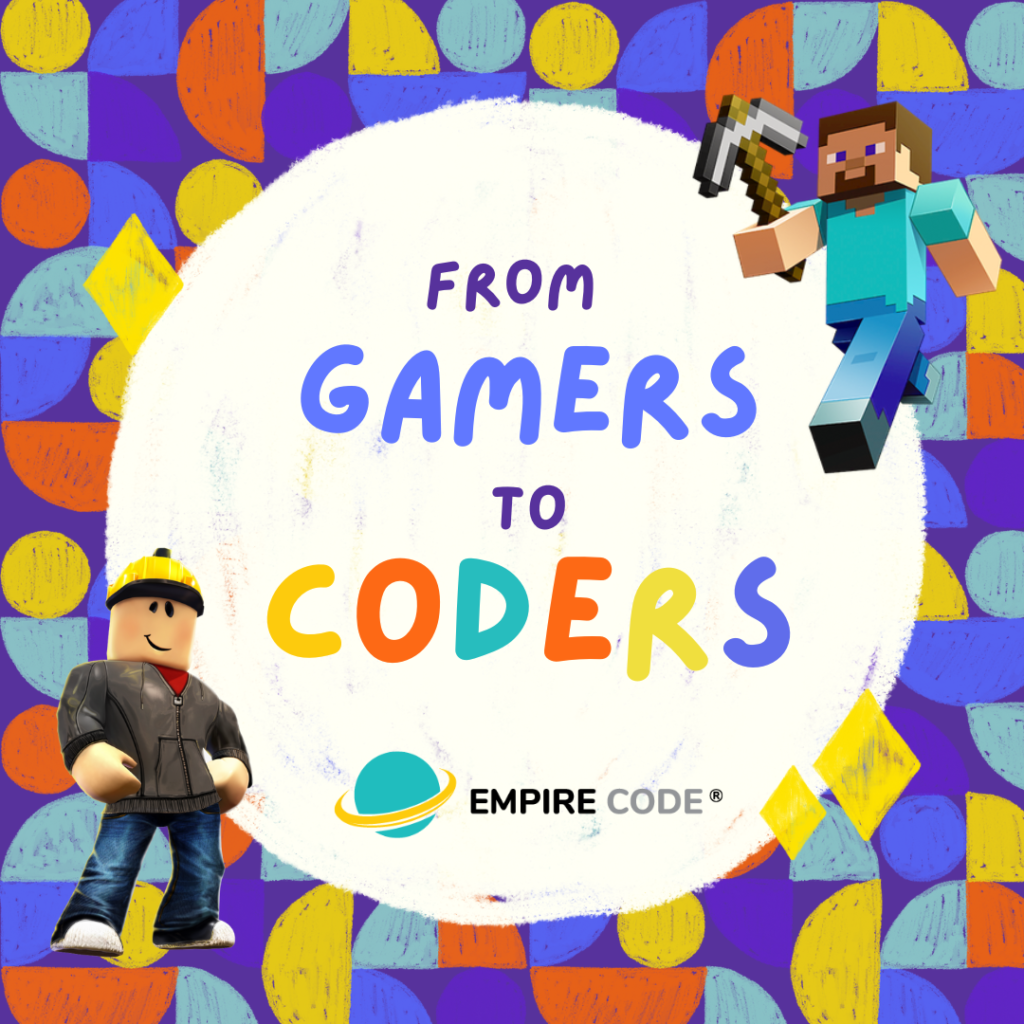Digital literacy is no longer a luxury; it’s a necessity. As technology and AI continue to shape our job landscapes, having a foundation in computational thinking becomes crucial for future employability. Due to the emergence of technology-related fields such as Data Analytics and Artificial Intelligence, the global interest in integrating computational thinking and programming into academia has surged in the past few years. This article explores Singapore’s approach to integrating coding and robotics across various educational levels, highlighting their strategies and initiatives.
Comparison with Other Countries
Countries such as England, Finland, Japan, and Korea have made computational thinking skills and programming compulsory in education. England, for example, is one of the first countries to integrate programming into its K-12 curriculum through programs that train students to create simple programs to achieve specific goals, for example. In contrast, Singapore strategically introduces CT skills at various stages, focusing on fostering interest rather than mandatory education.
Coding Education in Singapore

In response to Singapore’s Smart Nation initiative, various programs have been implemented to integrate programming at different education levels. The Infocomm Media Development Authority (IMDA) introduced the Playmaker initiative, engaging preschoolers in CT through electronic toys like Beebot, Circuit Stickers, and Kibo.
After-school enrichment programs in some preschools use hands-on activities with tools like ScratchJr, Kubo, and Cubetto. For primary schools, IMDA’s Code For Fun Enrichment program exposes students to visual programming tools and robotics in workshops like Scratch, Micro:bit, and Minecraft coding. Primary schools offer computing-related CCAs, such as robotics or infocomm clubs, which aim to foster students’ skills in these areas. They also provide opportunities for students to represent their schools in national coding and robotics competitions such as FIRST LEGO League (FLL) or Coding Olympics (organized by Science Centre). At the secondary school level, they offer computing-related CCAs, Applied Learning Programs (ALPs), and ‘O’ level computing, focusing on Python programming and computational thinking. Currently, 15% of secondary schools are offering computing as an ‘O’ level subject.
Singapore’s Approach in Computing
Unlike countries making coding education compulsory, Singapore adopts an opt-in model, allowing schools to decide on CT programs based on students’ needs. Teachers continuously undergo training to guide students in CT and programming. Primary and secondary students have Direct School Admission tracks in various computation related areas such as coding, robotics, STEM, innovation and infocomm, encouraging them to apply to top schools even before the PSLE, alleviating the stress of the PSLE exams. In Polytechnics, there is also the Early Admission Program (EAE) for polytechnics that allows secondary students to apply through their portfolios.
Benefits of Learning Computational Thinking
Computational thinking is widely applicable in math, science, and social science. According to a survey by IMDA, ‘O’ level computing students mentioned that they can apply problem-solving skills learned in computing to real-life situations, breaking down problems into manageable parts. Learning CT enhances creativity as students actively engage in designing and making projects, gaining confidence in problem-solving and creating based on their ideas.
Summary
In conclusion, Singapore uniquely integrates programming in school education, focusing on generating interest and providing diverse learning experiences from an early age. Parents can expose their kids to coding and robotics, potentially benefiting their education and future opportunities. By allowing schools to opt into CT programs and fostering collaboration among stakeholders, Singapore aims to build a future-ready workforce with necessary digital literacy skills.
If you’re interested in trying out coding and robotics for your child, or want to find out more about our competitions and DSA program, contact our friendly consultants in Empire Code through WhatsApp. For MOE teachers seeking vendors for programming workshops or competition training for ALP/Code For Fun/ad-hoc school workshops, visit our MOE workshop page for a free consultation and view our track record.







